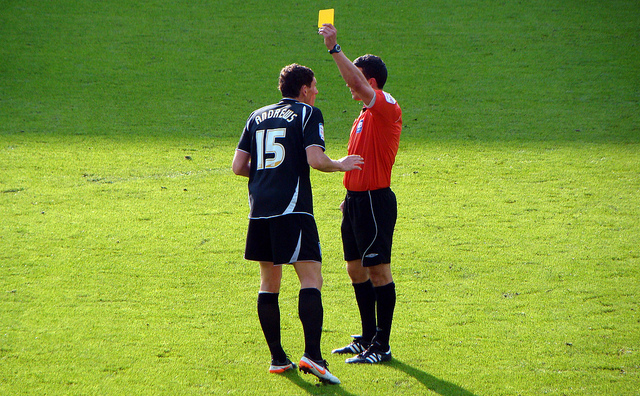Pedagogical Reflection
After completing this project with my students and after exploring what documentary participants said in response to the questions, I suppose that it is only natural to reflect upon my own assumptions about cell phones in the classroom. I have often considered cell phones to be a kind of nuisance, a distraction from the “real” educational activities that go on—ones that I have planned for and taken time to create. In some ways, any teacher that regards cell phones as an intrusion should not be blamed for thinking so. After all, when we were taught how to teach, our supervisors helped us carefully and thoughtfully articulate our lesson plans—all the while asking us to remain conscious of the underlying pedagogies that support them. In teaching writing, specifically, we are all too aware of how difficult it is to help students become better writers, communicators, and rhetoricians, and so we can covet our planned activities and our students’ full attention, too. When we think back to our teacher training and our first observations, no doubt many can remember being praised for controlling many aspects of the classroom. In some very fundamental ways, cell phones represent a challenge to the traditional classroom and these perceived boundaries.

As for my own policy toward cell phone use, I used to cheekily explain my stance toward distraction-by-technology as my “Bright and Shiny Boxes Policy.” While teaching about technology, I was often pretty dismissive of the roles various technologies had in my courses. Though I clarified I would not police students’ use of cell phones or laptops, the policy threatened students with a “yellow card” before taking away from a participation grade (which warranted a red card). I used soccer penalties as a way to emphasize how much I wanted students’ attention (and I would talk to students after class to explain that it was meant to be both funny and serious).
I now realize that this policy was ridiculous. In policing their attention, I was shaming a literacy habit, emphasizing the divide students already feel between “accepted” and “inappropriate” literacies, and avoiding the larger concerns, namely, that students’ literacies are constantly shifting, due to the powers of different forces in their particular networks.
My new focus is to become a more compelling force in their network, at least while in a face-to-face classroom with them. Instead of looking down upon specific cell phone activities, I acknowledge that students often unconsciously check their phones, perhaps aware of the conversations happening outside of class and anxious to include their own voices. Instead of controlling cell phone use, however, I ask students to leave their phones on their desks and be aware of when and how they use them. At times, this means we have conversations about cell phones apropos of nothing related to our immediate coursework. If I want to talk to specific students about their habits, I send emails after class, reminding them that class time should be spent attending to the work at hand. My goal is to recognize that my students are involved in specific networks of power that I may not share, though I also want them to recognize (and be conscious of) the same. Our goal as a class is to understand the specific network of forces that exists for the class and to appreciate this unique material and social context. The soccer cards are gone and have been replaced by more restrained conversations, as needed.
